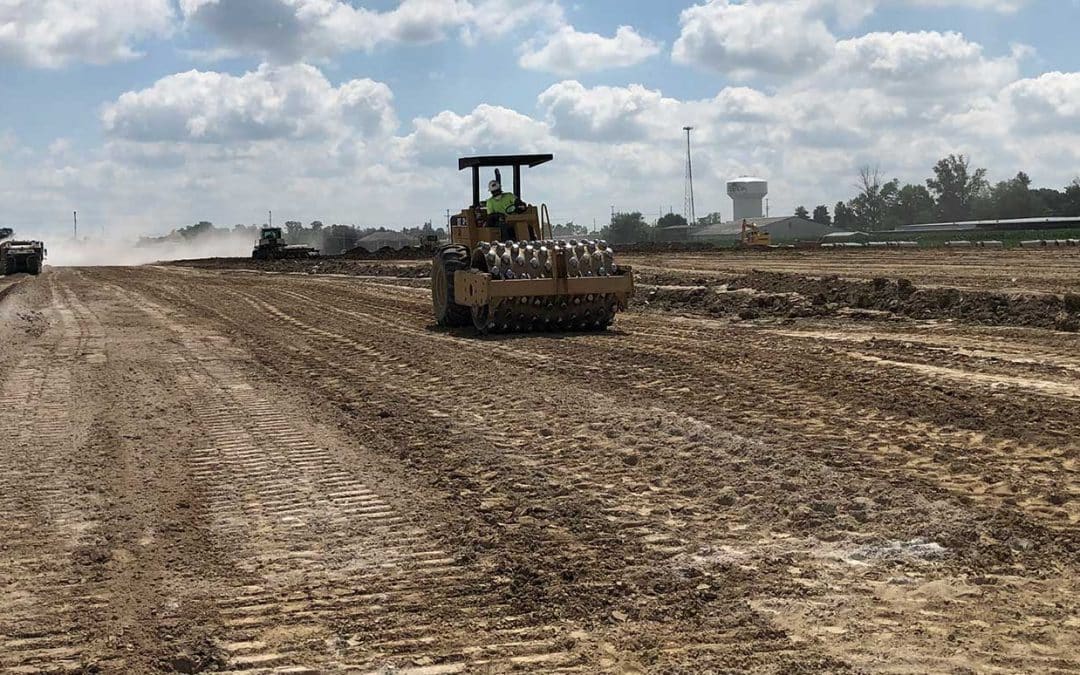In any construction project, be it constructing a road, or an airfield, the base of the sol typically acts as the foundation. What’s more, soil is an essential construction raw material. This is why soil must have properties that create a robust and durable foundation. This is where soil stabilization comes in. But what is soil stabilization, and why is it necessary? Let’s find out.
What is soil stabilization?
Soil stabilization is the biological, chemical, or mechanical alteration of the engineering properties of soil. It is a method used in civil engineering by professionals such as soil stabilizer Texas to refine and enhance the engineering properties of soils. These properties include plasticity, durability, permeability, mechanical strength, and compressibility. Improving soil properties by adding chemical admixtures is usually described as physical or mechanical, while certain schools of thought prefer to use the term “stabilization” to describe chemical improvements.
Materials used in soil stabilization
The material used in soil stabilization generally varies depending on the technique used. But here are the materials used in biological, mechanical, and mechanical soil stabilization methods:
- Different grades of soil
- Different grades of aggregates
- Emulsions
- Cement
- Seedlings
- Seeds
- Lime
- Fly ash
- Polymers
- Hydromulch mixtures
Soil stabilization methods
- Biological stabilization: this type of soil stabilization involves planting vegetation to stop soil, wind, and water erosion. The roots hold and combine soil particles together. Various stabilization techniques can assist the growth of seeds and seedlings.
- Chemical stabilization: this involves modifying soil qualities by altering the chemical composition of the soil through the addition of additives such as cement, fly ash, and lime or chemicals such as polymers, resins, and enzymes.
- Mechanical stabilization: By combining and compacting two or more soils and/or aggregates, its goal is to produce dense, evenly graded material.
Why is soil stabilization necessary?
- It strengthens the soil and its bearing capacity.
For all other project components, stabilized soils offer a stable working surface. Weak soils can be altered by developing long-lasting pozzolanic reactions after stabilizing procedures. Meaning that soils are not susceptible to leaching and have significantly decreased permeability, which results in less potential for shrinkage and expansion and greater resilience to freeze-thaw cycles.
- It reduces waste
When the soil on-site can be utilized following a quick treatment procedure by sol stabilizer Texas, there is no need to import fresh material. Even Type 1 sub-bases are unnecessary because the site’s soils can provide the same strength and characteristics. Thus, the time- and money-consuming process of importing fresh materials is stopped, as is the production of a lot of waste.
- Saves the environment
Another reason why soil stabilization is necessary is because it helps safeguard the environment. Imagine bringing in 50 loads of imported stuff while removing 50 loads of soil with lorries. These 100 vehicle movements can be replaced with a single 30-ton load of a binder. This makes it less expensive and less crowded, and neither will you annoy neighbors. This makes it an environmentally friendly option.

